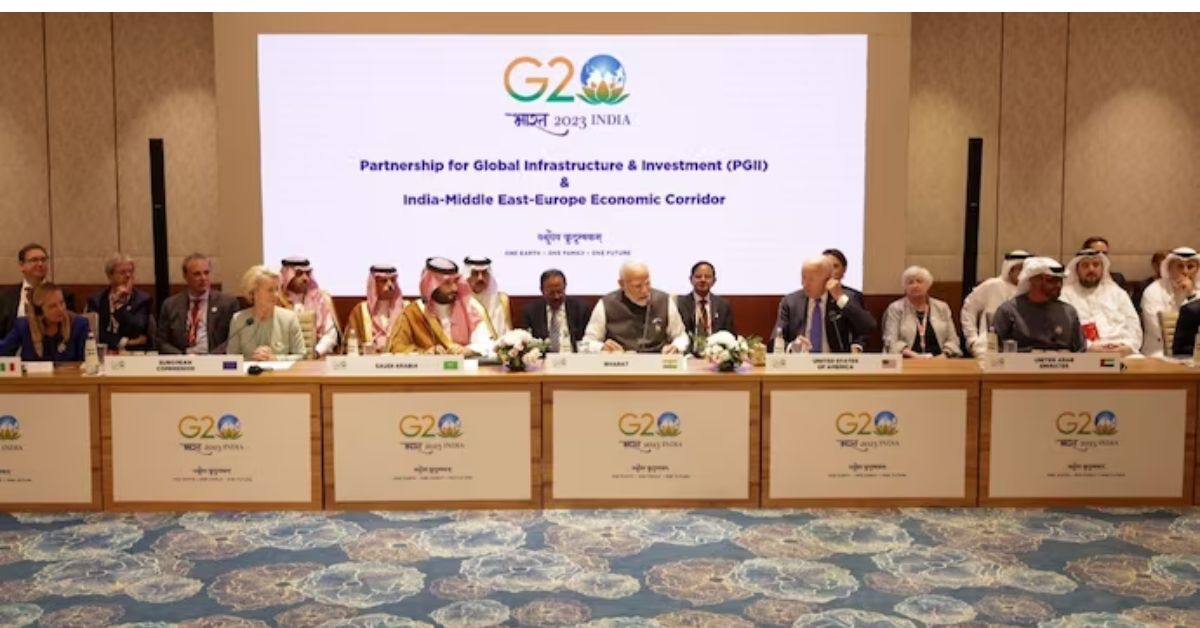As reported by India Today, Prime Minister Narendra Modi hailed it as “a testament to human endeavour and unity across continents,” while US President Joe Biden deemed it “a real big deal.” Leaders from India, the United States, Saudi Arabia, the United Arab Emirates, France, Germany, Italy, and the European Union have jointly unveiled a Memorandum of Understanding (MoU) that directly challenges China’s expansive Belt and Road Initiative (BRI), which seeks to establish trade and infrastructure networks connecting Asia, Europe, and Africa.
As the BRI marks its 10th anniversary, many view it as a tool for China to exert influence over developing nations, often resulting in debt traps. For Chinese President Xi Jinping, the announcement of the new India-Middle East-Europe Economic Corridor, which also involves Israel and Jordan, comes at an inopportune moment. Data reveals that the value of new foreign contracted projects under the BRI has stagnated since its peak in 2019, coinciding with China’s domestic real estate debt crisis.
A noteworthy shift in the global order was evident at the G20, with Italian Premier Giorgia Meloni’s participation, signaling Italy’s inclination to abandon the BRI. Italy had been the first G7 country to join Xi Jinping’s ambitious project in 2019.
Following the announcement, President Biden remarked, “The world stands at an inflection point in history. A point where decisions we make today are going to affect the course of our future—all of our futures for decades to come. A point where our investments are more critical than ever.”
A fact sheet released by the White House outlined the new corridor’s objectives, which include establishing railway and sea connectivity between Europe, the Middle East, and Asia. This ambitious initiative aims to connect commercial hubs, support the development and export of clean energy, lay undersea cables, expand energy grids and telecommunication lines, promote clean energy technology, and enhance Internet access for communities, ensuring stability and security.
The India-Middle East-Europe Economic Corridor is expected to attract additional Asian countries, boosting manufacturing, food security, and supply chains within its sphere of influence. According to the MoU, the corridor will consist of an east corridor linking India to the Arabian Gulf and a northern corridor connecting the Arabian Gulf to Europe.
It will feature a railway network designed to provide reliable and cost-effective cross-border ship-to-rail transit, complementing existing maritime and road transport routes. This railway route, primarily traversing the Middle East, includes plans for laying electricity cables and clean hydrogen pipelines.
Further details on transit routes, coordination bodies, and technical aspects will be discussed by the signatories over the next sixty days as they develop an action plan.
Indian government sources emphasised the importance of consultative, transparent, and participatory connectivity initiatives while respecting the sovereignty and territorial integrity of all countries involved. “Principles of financial responsibility and economic viability to avoid creation of unsustainable debt burden to recipients and conforming to ecological & environmental standards must be followed,” sources said.




